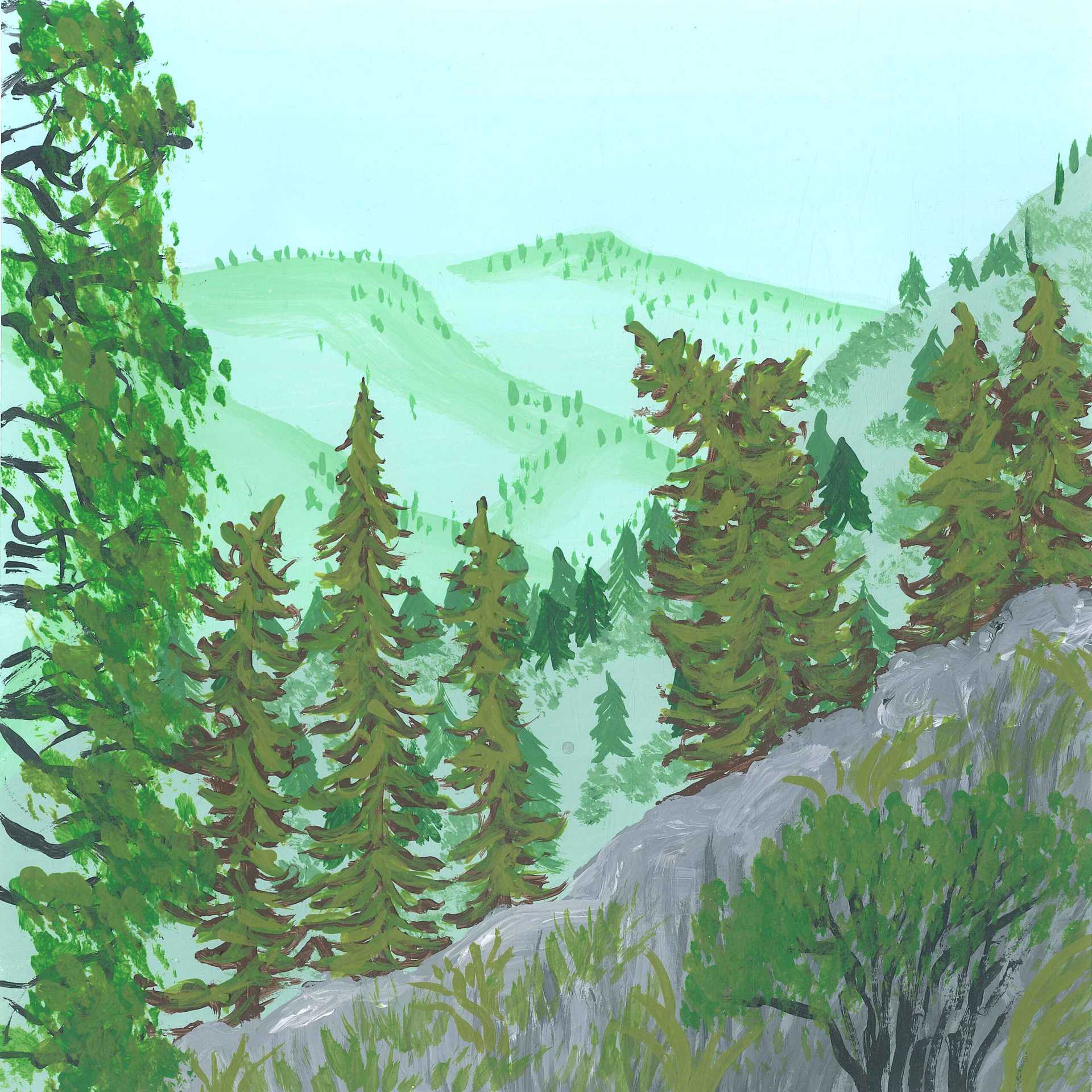
Immerse yourself in this captivating playlist of raven and crow sounds, spanning from the rugged Nordic forests to the windswept coastal cliffs, from the vast North American wilderness to the ancient European countryside. While on this auditory journey, get intriguing insights into these remarkable corvid creatures and learn ways to champion the conservation of these intelligent species.
| #Title | Location | Ecosystem | Duration |
|---|---|---|---|
| Wales | Temperate Forests | 13:52 | |
| Sweden | Boreal Forests | 06:10 | |
| Sweden | Boreal Forests | 08:35 | |
| USA | Temperate Forests | 30:22 | |
| USA | Wetlands | 05:00 | |
| Turkey | Mountains | 12:02 | |
| USA | Mountains | 02:12 | |
| USA | Temperate Forests | 07:15 | |
| Australia | Temperate Forests | 04:25 | |
| Australia | Wetlands | 02:59 | |
| Bulgaria | Caves | 30:00 |
What kind of sounds do ravens make?
Ravens are highly intelligent birds capable of producing an extraordinary range of vocalizations, including a:
- caw
- croak
- click
- bell-like chime
- gurgle
- rattle
- knock
- pop
- whistle
- screech
- bark
- growl
- trill
- honk
The calls made by ravens serve multiple purposes including communication with their mate and family group, territorial declarations, alarm calls to warn of predators, food discovery announcements, and complex social interactions within their community.
What is the difference between ravens and crows?
Ravens and crows both belong to the Corvidae family, often called corvids. While they share many similarities, there are several key differences:
- Ravens are significantly larger than crows, with wingspans reaching up to 4 feet compared to crows’ 2.5 feet
- Ravens have diamond-shaped tails when flying, while crows have fan-shaped tails
- Ravens produce deeper, more guttural calls including croaks and knocks, whereas crows primarily make higher-pitched cawing sounds
- Ravens have thicker, more robust beaks and shaggier throat feathers (called hackles)
- Ravens are more likely to soar and perform aerial acrobatics, while crows typically flap continuously
- Ravens are generally found in wilder, more remote areas, while crows adapt well to urban environments
- Ravens often travel in pairs or small family groups, while crows frequently gather in large flocks
- Ravens live longer (up to 20+ years in the wild) compared to crows (7-8 years typically).
Are ravens endangered?
Ravens are not currently endangered and are considered a species of least concern globally. However, they face several modern challenges:
- Habitat fragmentation due to development and agriculture
- Persecution by humans who view them as pests or threats to livestock
- Climate change affecting their food sources and nesting areas
- Collision with vehicles, power lines, and wind turbines
- Poisoning from rodenticides and other environmental toxins
- Competition with other corvids and expanding urban species
- Loss of carrion sources due to changes in livestock management and hunting practices
- Road salt consumption, which can be harmful to their health
- West Nile virus and other emerging diseases affecting corvid populations.
How can I support ravens?
Support ravens and other corvids by:
- Advocating for wildlife corridors and habitat preservation in development planning
- Reporting injured or sick ravens to local wildlife rehabilitation centers
- Supporting legislation that protects corvids from unnecessary persecution
- Choosing organic produce to reduce pesticide and rodenticide use in the environment
- Driving carefully in areas known for raven activity, especially during dawn and dusk
- Supporting research into corvid intelligence and behavior
- Educating others about the important ecological role ravens play as scavengers and seed dispersers
- Avoiding the use of lead ammunition if you hunt, as ravens can be poisoned by consuming lead-contaminated carrion
- Keeping cats indoors to protect ground-feeding birds and nestlings
- Supporting power companies that install bird-safe equipment to prevent electrocutions.
If you want to attract ravens to your area, you can:
- Provide a reliable water source such as a large, shallow birdbath or pond
- Leave suitable nesting sites undisturbed, such as tall trees or cliff faces
- Avoid excessive noise and human activity in areas where ravens are known to nest
- Create habitat for the small animals ravens hunt by maintaining brush piles and natural areas
- Never directly feed ravens, as this can make them dependent on humans and alter their natural behavior
- Install wildlife cameras to observe and document raven behavior for citizen science projects
- Plant native trees and shrubs that support the insects and small animals ravens feed upon
- Maintain large open spaces where ravens can forage and exercise their flying abilities.
Earth.fm is a completely free streaming service of 1000+ nature sounds from around the world, offering natural soundscapes and guided meditations for people who wish to listen to nature, relax, and become more connected. Launched in 2022, Earth.fm is a non-profit and a 1% for the Planet Environmental Partner.
Check out our recordings of nature ambience from sound recordists and artists spanning the globe, our thematic playlists of immersive soundscapes and our Wind Is the Original Radio podcast.
You can join the Earth.fm family by signing up for our newsletter of weekly inspiration for your precious ears, or become a member to enjoy the extra Earth.fm features and goodies and support us on our mission.
Subscription fees contribute to growing our library of authentic nature sounds, research into topics like noise pollution and the connection between nature and mental wellbeing, as well as funding grants that support emerging nature sound recordists from underprivileged communities.











